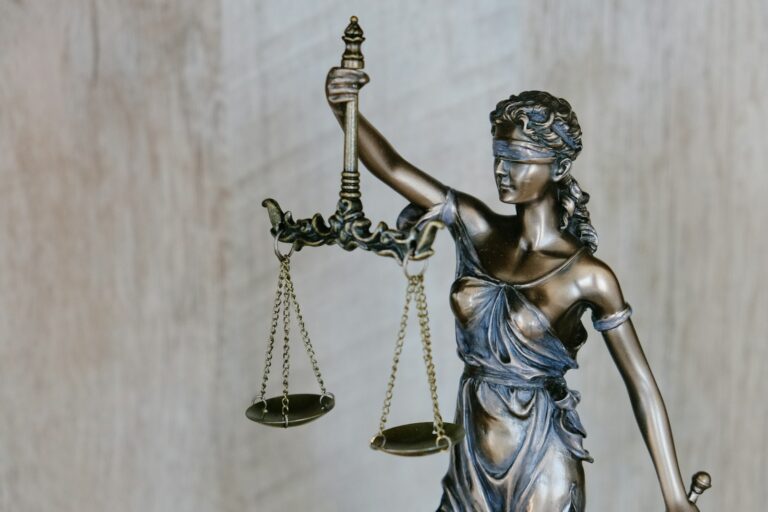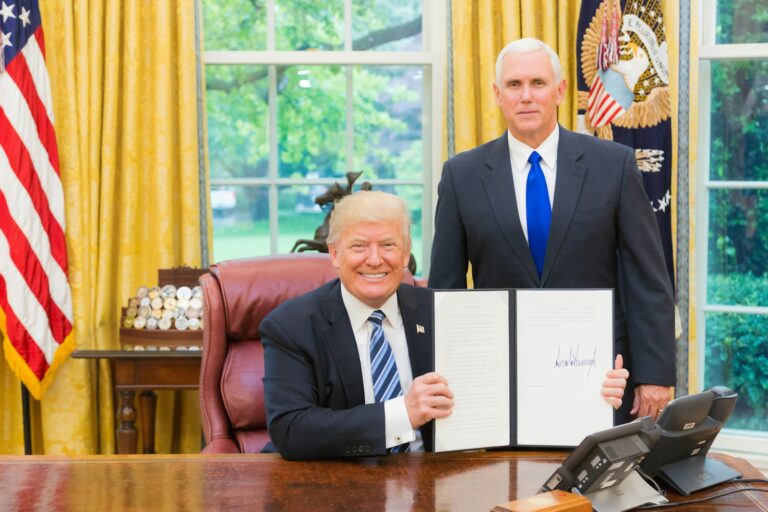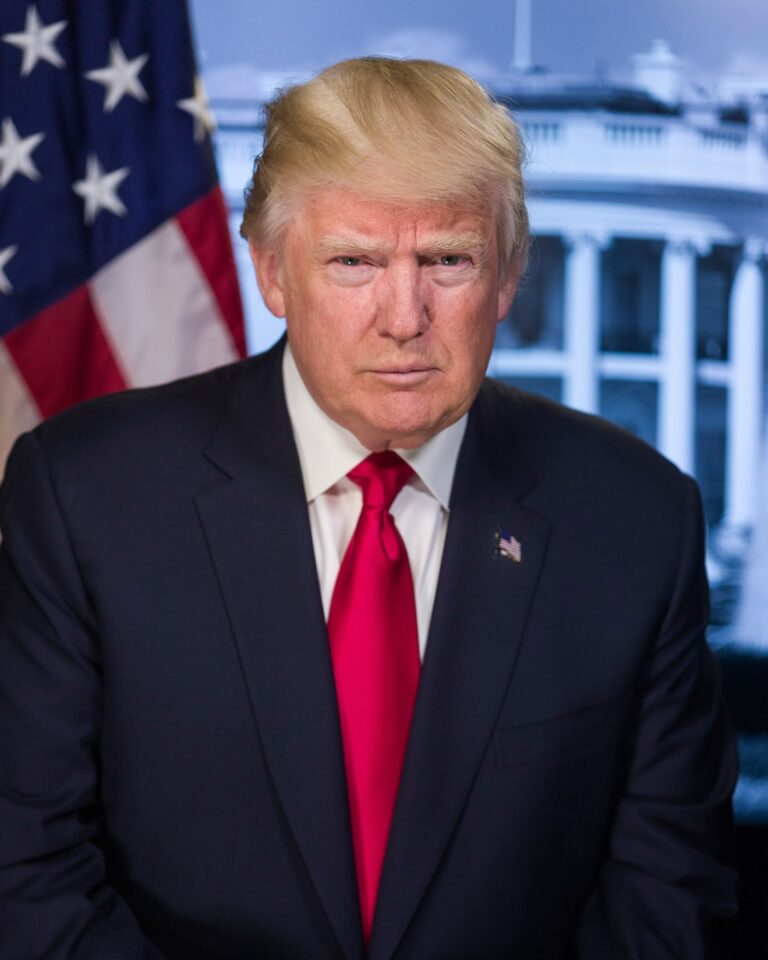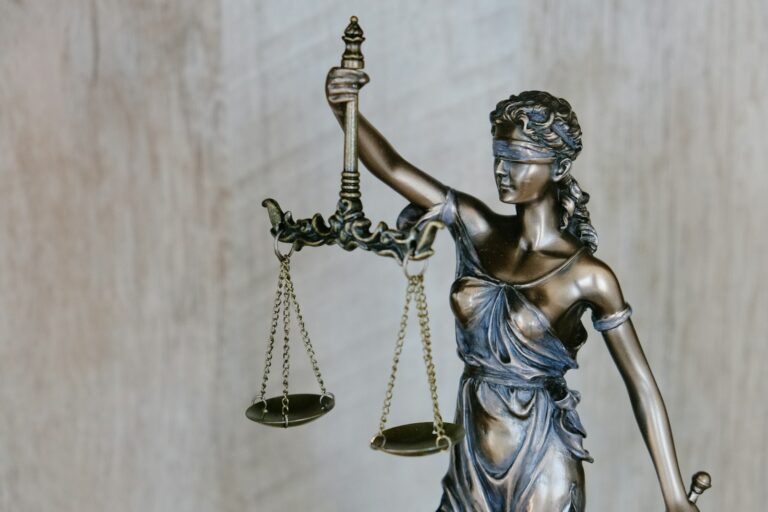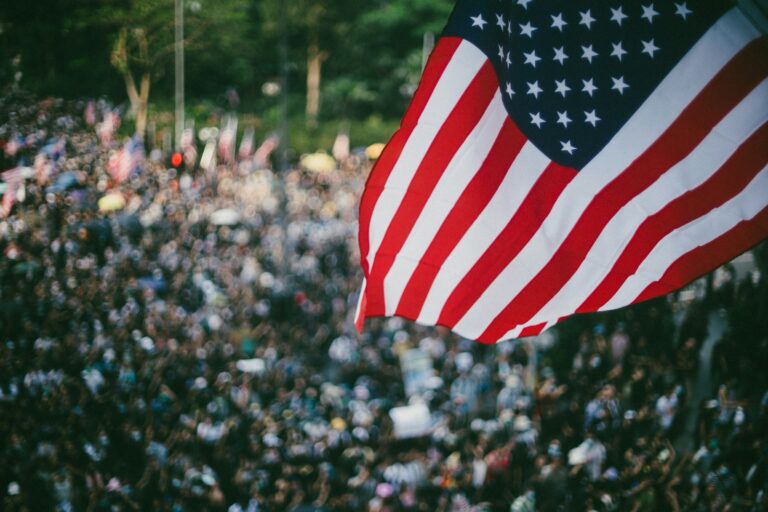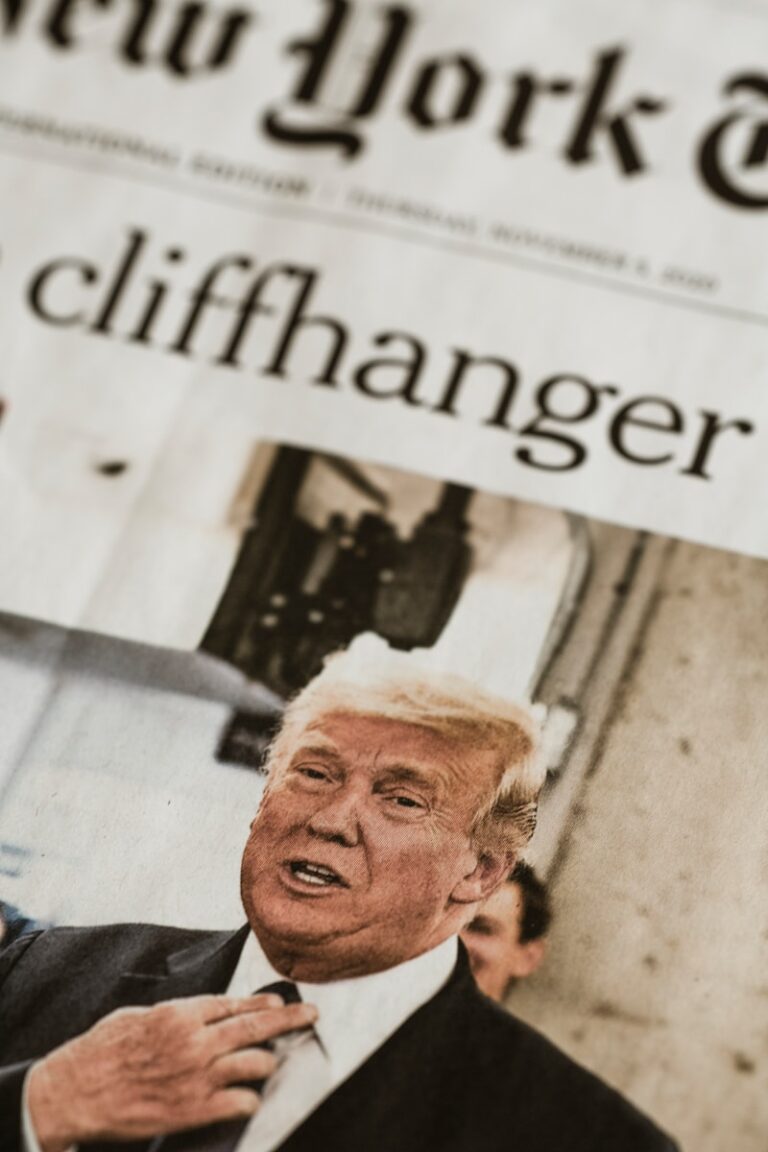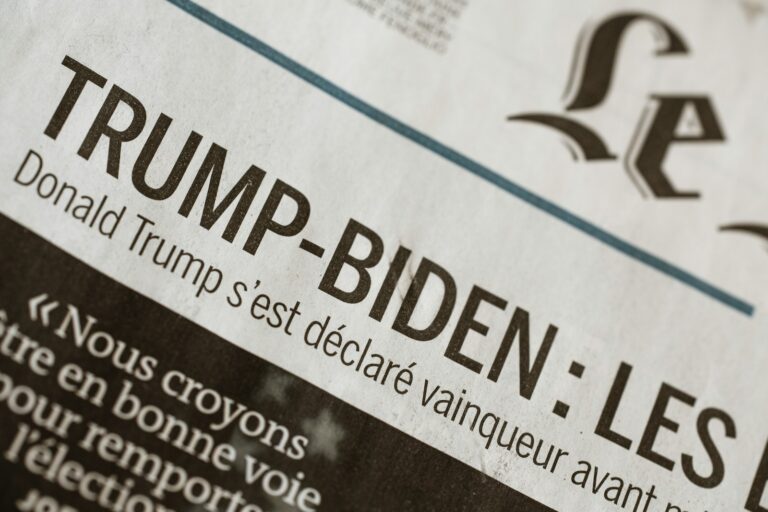Key takeaways:
- Trump asked the Department of Justice to release Epstein grand jury testimony
- Representative Stansbury branded his post as typical conman BS on live TV
- His request followed a report about a lewd letter to Epstein from 2003
- Stansbury doubts the DOJ will hand over all parts of the case file
- The debate over Epstein records continues to fuel political tensions
Introduction In a heated moment on live television, Representative Melanie Stansbury of New Mexico sharply criticized President Donald Trump. She reacted to his social media message asking the Justice Department to open grand jury testimony related to Jeffrey Epstein. She called his plea “typical conman BS” and accused him of playing a shell game. This clash highlights growing concerns about Trump’s ties to Epstein and the public’s right to see key documents. Moreover, it raises questions about who truly controls justice in high-profile cases.
Background on Epstein Case and Trump’s Request Jeffrey Epstein faced human trafficking charges when he died by suicide in jail in 2019. Before his death, a federal grand jury heard witness accounts of his alleged crimes. Under law, grand jury testimony remains sealed unless a court orders its release. Recently, Trump formally asked the Justice Department to make those testimonies public. He warned that “nothing will be good enough for the troublemakers,” even if a judge approved the release. In his view, the tapes would prove his innocence. However, his critics saw the request as a deflection from deeper questions.
Stansbury’s Live Reaction and Criticism On Saturday, MSNBC read Trump’s plea during a live segment. Immediately, Stansbury shifted in her chair. Then she asked the hosts if they should offer a slow clap. She said Trump always tries to distract you with a shiny object while he pockets the real loot. She accused him of handing out crumbs and hiding the feast. Next, she labeled his post as the work of a “conman.” She warned viewers to beware of anyone who dangles favors as a trick.
The Core of the Dispute At the heart of this fight is a bawdy letter Trump sent Epstein for his fiftieth birthday. According to news reports, the letter included a crude sketch of a naked woman. Next to it, Trump wrote, “May every day be another wonderful secret.” The Wall Street Journal broke the story this week. Trump’s supporters saw that as smears and leaks by the media. Yet many Americans worried the letter hinted at closer ties. Therefore, Trump wants the grand jury transcripts released. He claims they would clear his name.
What Trump Hopes to Achieve First, Trump likely wants to shift attention away from his legal troubles. Second, he may believe the transcripts contain nothing damaging. Thus, he expects they will vindicate him. Third, by demanding release himself, he casts doubt on anyone who resists. He frames critics as people who fear the light. In addition, he appeals to his base, many of whom think Epstein’s case holds hidden secrets. By pushing the DOJ, Trump tries to unite supporters around a single cause.
Why Stansbury Says It Won’t Be Enough However, Representative Stansbury doubts that Trump’s move will satisfy anyone. She pointed out that Attorney General Pam Bondi and the Justice Department have already shared what they could. They claim no more Epstein materials remain. Yet last month, reports said Bondi bragged at a private lunch about tapes showing Epstein abusing minors. If those tapes truly exist, then the public still lacks key evidence. Stansbury argued that if Trump wanted full transparency, he would support a genuine inquiry instead of a media stunt.
The Broader Impact on Politics Meanwhile, this latest fight adds to growing distrust in public institutions. On one side, Trump loyalists see every refusal as proof of a deep state plot. On the other side, his opponents see obstruction of justice. Consequently, both camps dig in deeper. Republican lawmakers backed Trump’s call but warned of legal limits. Democratic leaders fear any release of grand jury testimony could endanger witnesses. Thus, the clash reveals how legal rules intersect with political strategy. Moreover, it shows the limits of public confidence in federal agencies.
What to Watch Next First, a federal court must decide if it will unseal the grand jury transcripts. Watch for filings by the Justice Department. They may ask the judge to keep parts sealed to protect witnesses. Next, the judge will weigh public interest against privacy rules. In addition, lawmakers may hold hearings on Epstein’s case. If they do, Trump’s letter and any new evidence could dominate the agenda. Furthermore, public opinion may shift if more documents appear. Finally, the drama could shape the 2024 campaign by fueling hot-button debates over transparency.
Conclusion In the end, the White House stunt and Stansbury’s fiery response both aim to influence public opinion. While Trump dares the DOJ to release his file, critics see a clever diversion. Likewise, Stansbury labels it typical conman behavior. As the court reviews the request, Americans will judge who speaks the truth. Above all, one question remains: will any new evidence finally bring clarity to the Epstein saga or only deepen the political divide?

